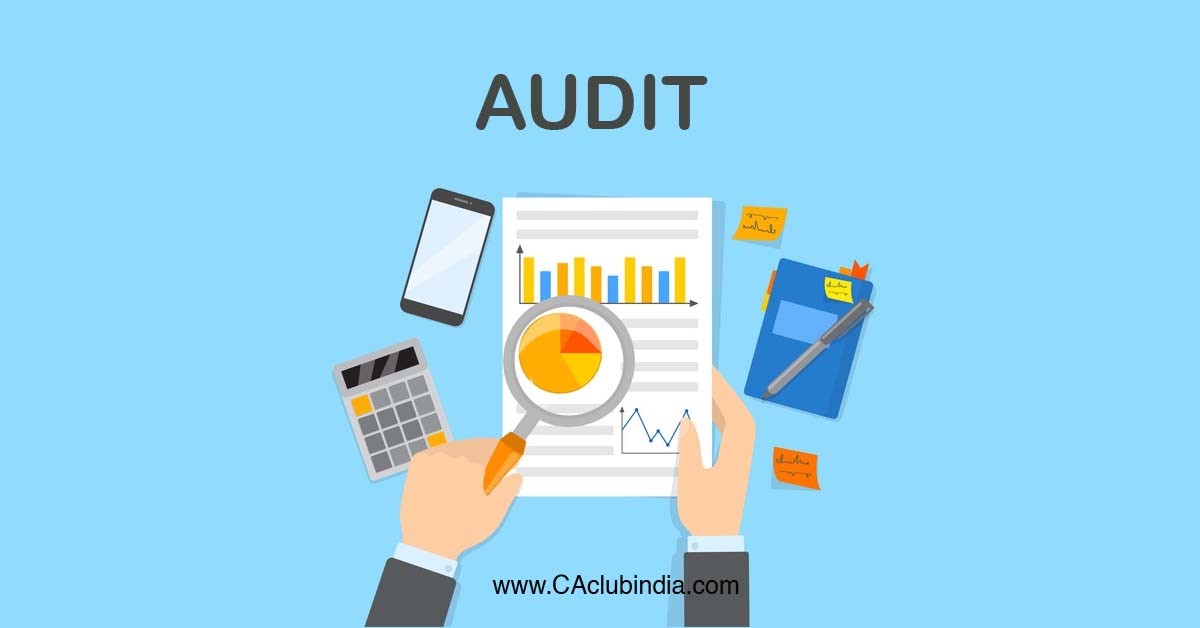A statutory audit is an independent examination of an organization's financial records and statements by an external auditor. The purpose of a statutory audit is to ensure that the organization's financial records are accurate and reliable, and to provide assurance to stakeholders that the organization is complying with relevant laws and regulations.
Advantages Of statutory audit
There are several advantages to a statutory audit checklist:
- Increased confidence in financial statements: A statutory audit provides assurance to stakeholders that the organization's financial statements are accurate and reliable. This can increase confidence in the organization and its financial performance.
- Improved financial reporting: The process of preparing for a statutory audit can help an organization identify and address any weaknesses in its financial reporting processes. This can improve the overall quality and reliability of the organization's financial statements.
- Compliance with laws and regulations: A statutory audit helps ensure that the organization is complying with relevant laws and regulations, which can help protect the organization from legal and regulatory risks.
- Improved risk management: The audit process can help identify risks that the organization may not be aware of, and can provide recommendations for addressing those risks. This can improve the organization's overall risk management processes.
- Enhanced credibility: A statutory audit can enhance the credibility of the organization and its financial statements, particularly when dealing with external parties such as investors, lenders, and regulators.
- Improved decision-making: The insights and recommendations provided by the audit can help the organization make more informed decisions about its financial performance and future strategy.

Process Of Statutory Audit
The process of a statutory audit generally follows the following steps:
- Planning: The auditor will plan the audit by reviewing the organization's financial statements and other relevant information, and determining the scope and nature of the audit.
- Internal controls: The auditor will assess the organization's internal controls to determine whether they are effective and reliable.
- Testing of transactions: The auditor will select a sample of transactions and test them to ensure that they are accurately reflected in the financial statements.
- Subsidiaries and affiliates: The auditor will review the financial statements of any subsidiaries or affiliates of the organization to ensure that they are included in the consolidated financial statements.
- Going concern assessment: The auditor will assess whether the organization is a going concern, meaning that it is financially stable and able to continue operating in the future.
- Opinion on the financial statements: Based on the results of the audit, the auditor will issue an opinion on the fairness and reliability of the organization's financial statements.
- Reporting: The auditor will prepare a report detailing the results of the audit, including any findings or recommendations. The report will be shared with the organization's management and may be shared with other stakeholders, such as shareholders or regulators.
- Follow-up: If the audit identified any issues or weaknesses, the organization may need to implement corrective actions or make changes to its financial reporting processes. The auditor may follow up on these actions to ensure that they have been properly implemented.
Risks Involved In Statutory Audit
There are several risks that an organization may face during a statutory audit:
- Reputational risk: If the audit identifies significant issues or weaknesses in the organization's financial statements or internal controls, this may damage the organization's reputation and credibility.
- Legal and regulatory risk: If the audit reveals non-compliance with laws and regulations, the organization may face legal and regulatory consequences, including fines, penalties, or legal action.
- Financial risk: If the audit identifies financial issues, such as misstatements or errors in the financial statements, the organization may face financial consequences, such as reduced investor confidence or difficulties in obtaining financing.
- Operational risk: The audit process may disrupt the organization's normal operations, which could impact productivity and efficiency.
- Relationship risk: The audit process may strain relationships with key stakeholders, such as shareholders or management, if significant issues or weaknesses are identified.
- Resource risk: Conducting a statutory audit can be a time-consuming and resource-intensive process, which may divert resources away from other important activities.








 CAclubindia
CAclubindia
